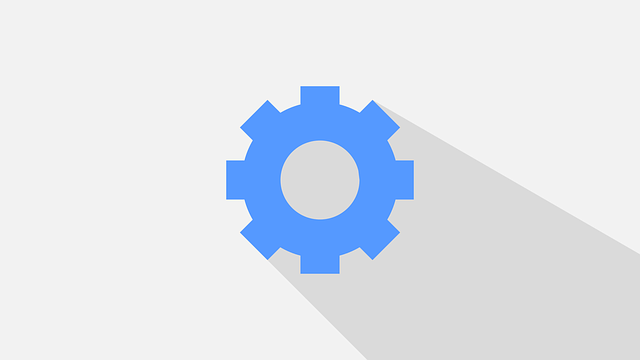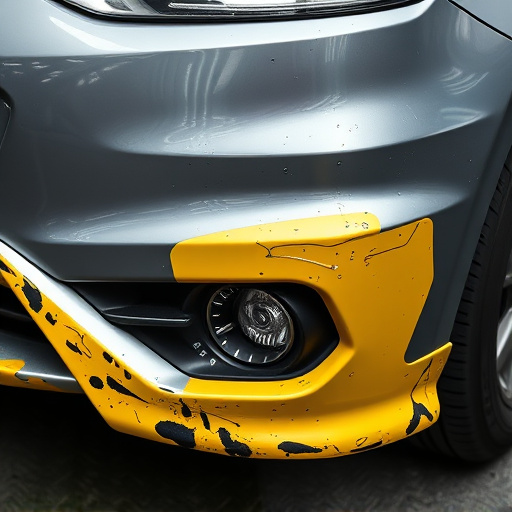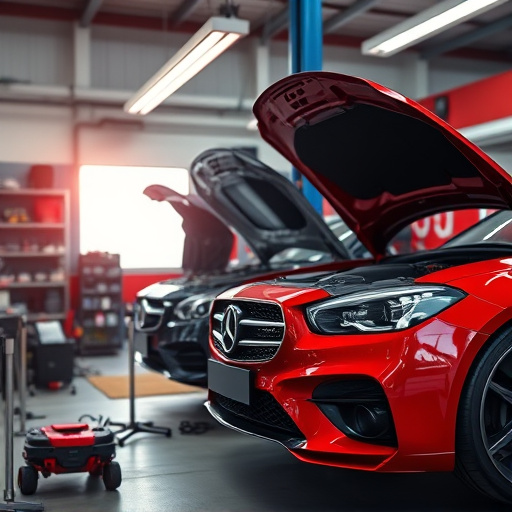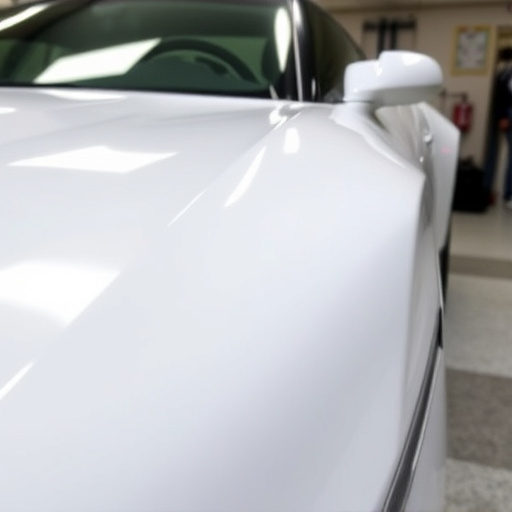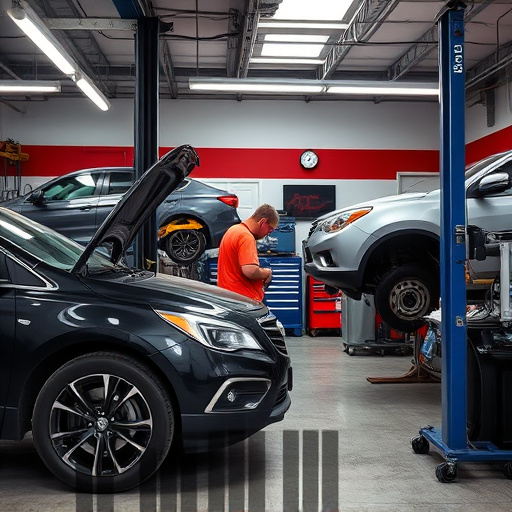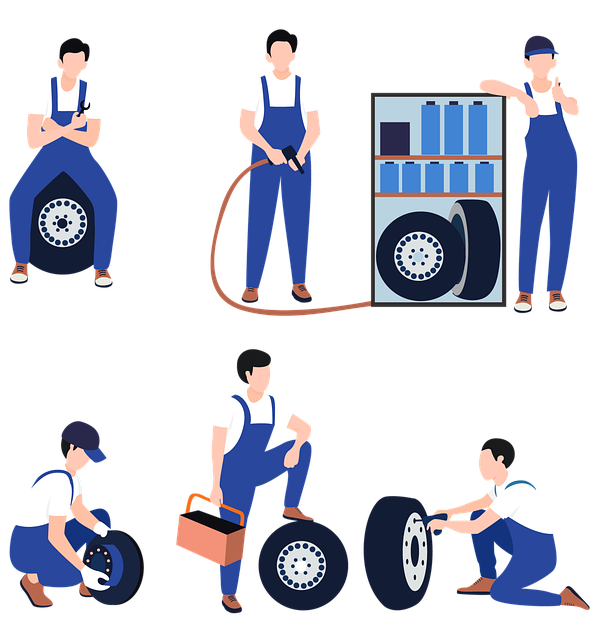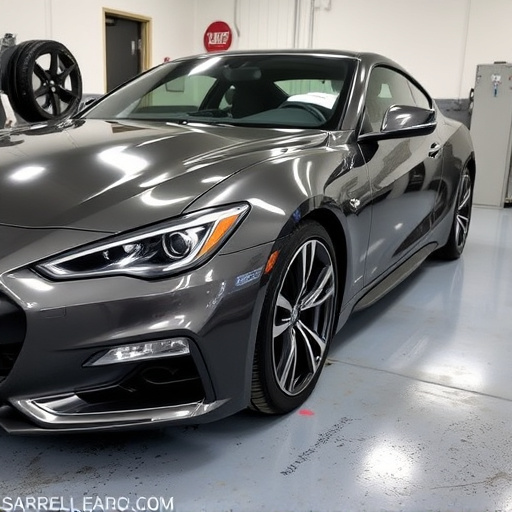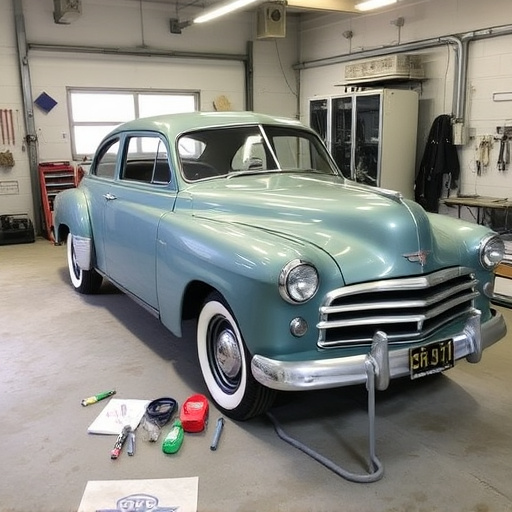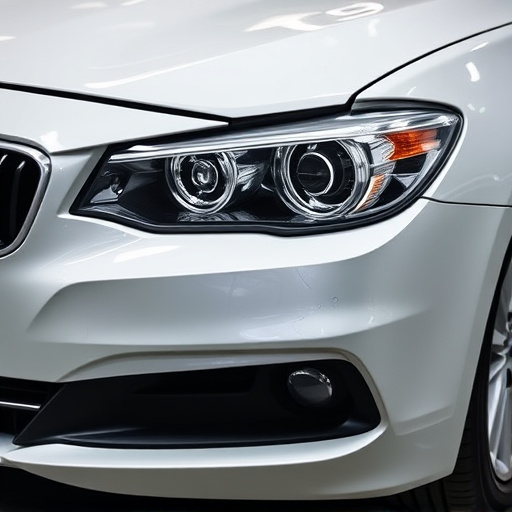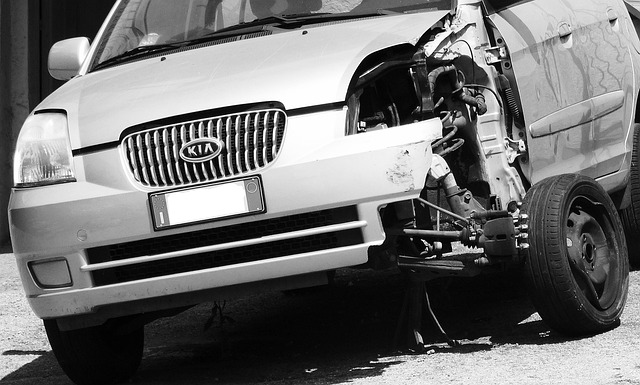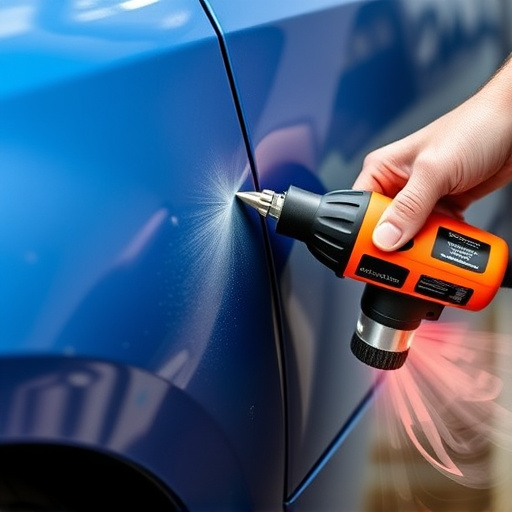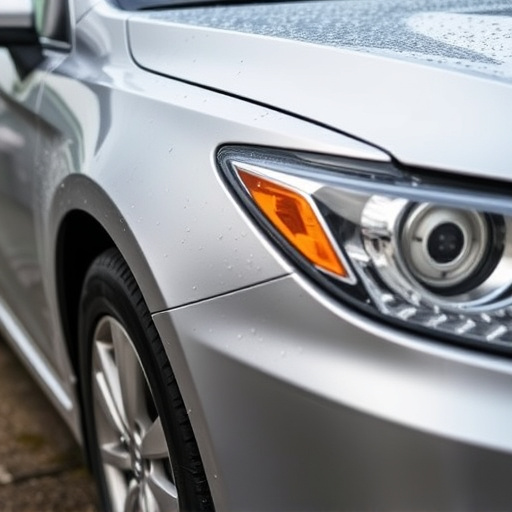Frame repair equipment is vital in the automotive industry, enabling precise structural alignment during car damage and dent repair. Advanced calibration techniques ensure exacting adjustments to car frames, restoring structural integrity, maintaining original design lines, and improving vehicle aesthetics. Regular calibration checks are essential to prevent inaccuracies, enhancing customer satisfaction and guaranteeing optimal equipment performance. Following best practices for calibration ensures consistent structural alignment, crucial for achieving flawless paintless dent repair results without compromising structural integrity.
Frame repair equipment plays a pivotal role in ensuring precise structural alignment during building renovations. This specialized machinery is designed to calibrate and adjust frames with meticulous accuracy, addressing critical issues like warping or misalignment. Calibration is paramount for achieving optimal results, guaranteeing structures’ integrity and stability. This article delves into the significance of frame repair equipment calibration, exploring best practices and highlighting why it’s essential for accurate structural alignment.
- Understanding Frame Repair Equipment and its Role in Structural Alignment
- The Importance of Calibration for Accurate Results
- Best Practices for Calibrating Frame Repair Equipment
Understanding Frame Repair Equipment and its Role in Structural Alignment
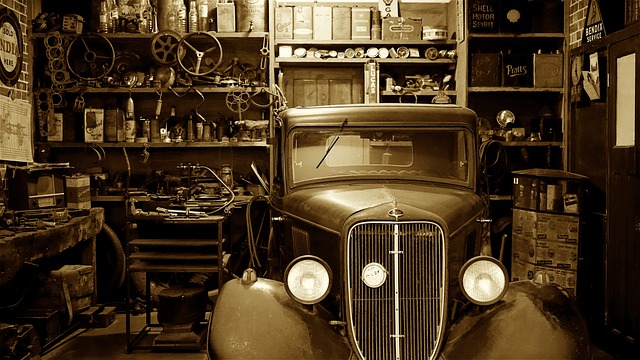
Frame repair equipment plays a pivotal role in the automotive industry, especially when it comes to ensuring precise structural alignment during car damage repair or vehicle dent repair processes. This specialized machinery is designed to calibrate and adjust various components of a car’s frame, allowing for exacting adjustments that are crucial for safety and performance. In the realm of paintless dent repair, for instance, these tools enable technicians to meticulously realign bent panels without damaging the surrounding areas or requiring extensive repainting.
By leveraging advanced calibration techniques, frame repair equipment helps in restoring structural integrity, maintaining the car’s original design lines, and enhancing overall vehicle aesthetics. This is particularly important in mitigating potential safety hazards caused by improper alignment, ensuring that the vehicle handles and performs optimally on the road. Effective use of such equipment thus contributes significantly to the quality and longevity of car damage repair and vehicle dent repair services.
The Importance of Calibration for Accurate Results
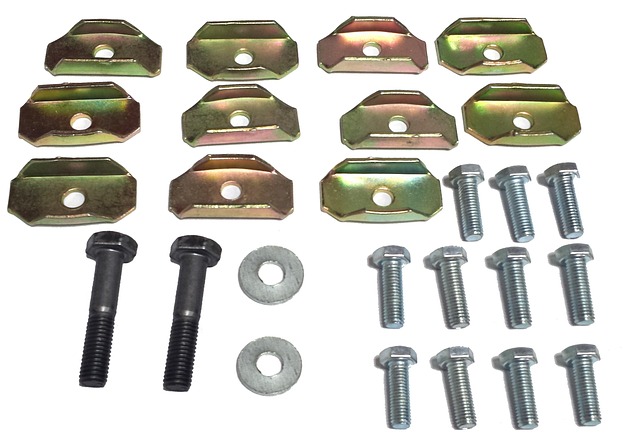
Calibration plays a pivotal role in ensuring the accuracy and reliability of frame repair equipment. In the intricate process of structural alignment, even minor deviations can lead to significant issues in car body repair or auto glass repair procedures. Well-calibrated tools guarantee that every adjustment is precise, minimizing the risk of misalignment during auto collision center operations.
This meticulous process ensures that the frame repair equipment functions optimally, delivering consistent and exacting results. Regular calibration checks prevent inaccuracies that could compromise the integrity of vehicle structures post-repair, thereby enhancing customer satisfaction in auto body repair services.
Best Practices for Calibrating Frame Repair Equipment

When calibrating frame repair equipment, adherence to best practices ensures precise and consistent structural alignment. Begin by setting up a level surface, free from any obstructions, to accurately assess the device’s performance. Utilize high-quality calibration tools specifically designed for your equipment, ensuring they are regularly maintained and calibrated themselves for optimal accuracy.
Follow manufacturer guidelines strictly during the calibration process, paying close attention to tolerances and specifications. Regular maintenance checks between calibrations are crucial, as dust, debris, or wear can impact performance. For auto repair services and collision repair services seeking flawless frame repairs, consistently calibrated equipment is paramount to achieving paintless dent repair results without compromising structural integrity.
Frame repair equipment plays a pivotal role in achieving precise structural alignment, ensuring that repairs are both effective and efficient. Calibration is an indispensable step to guarantee accuracy, as it allows professionals to adjust and fine-tune the equipment for optimal performance. By following best practices for calibration, technicians can deliver superior results, maintaining the integrity and stability of structures. This, in turn, enhances safety and promotes longevity in construction projects.
